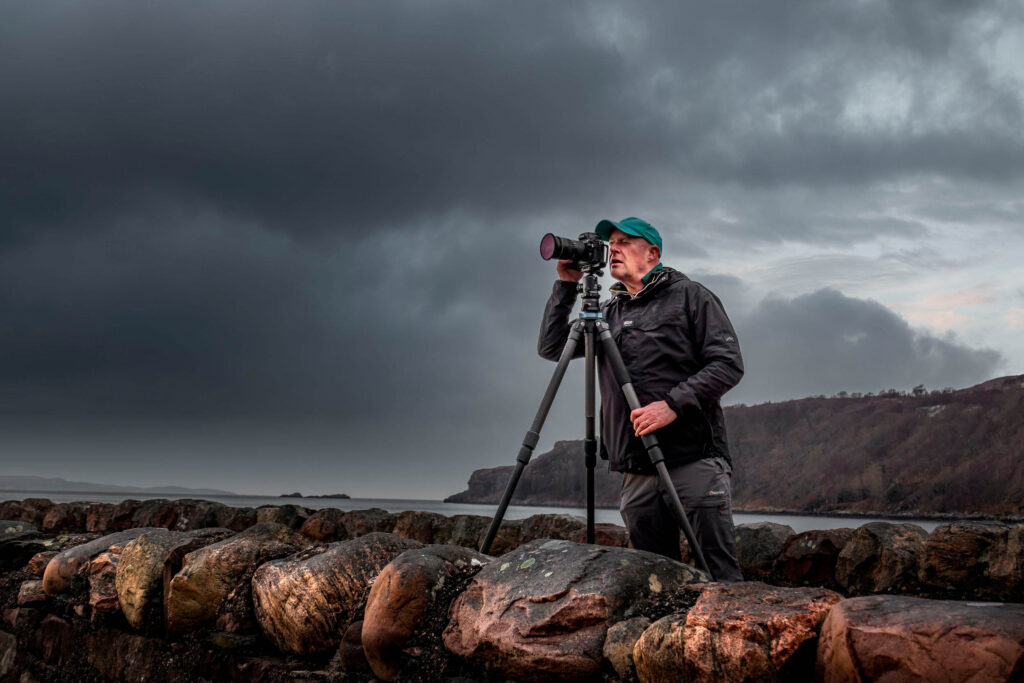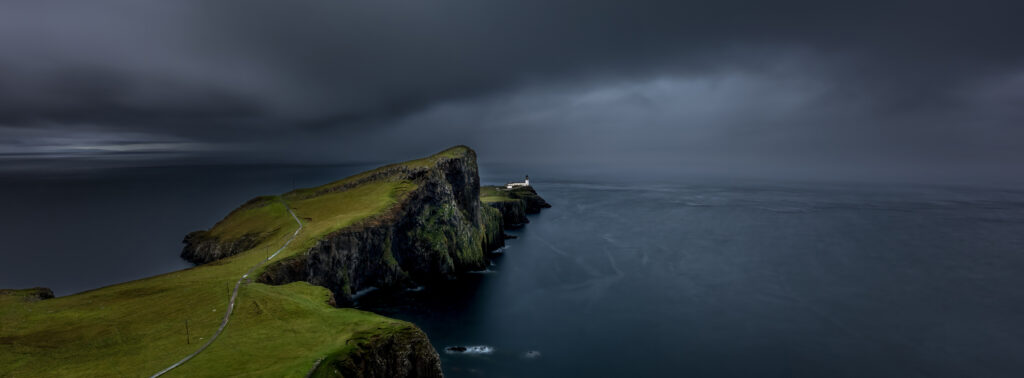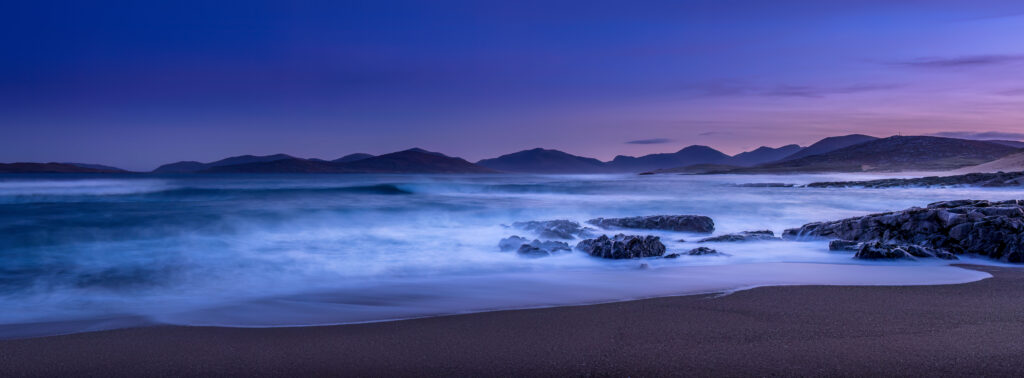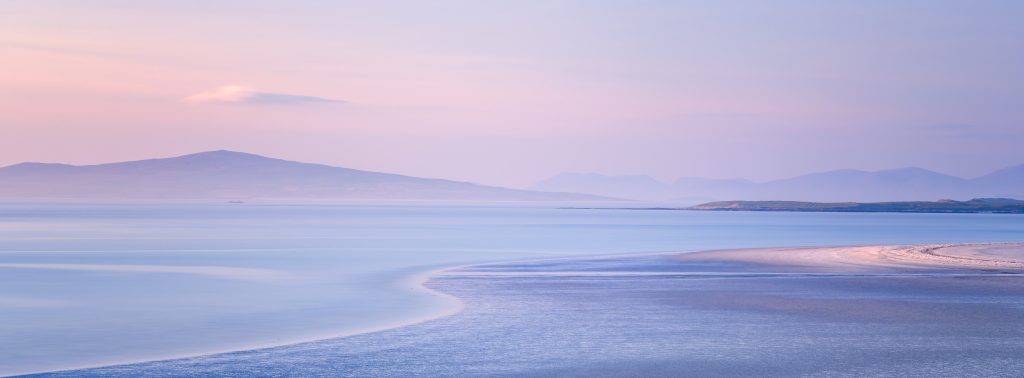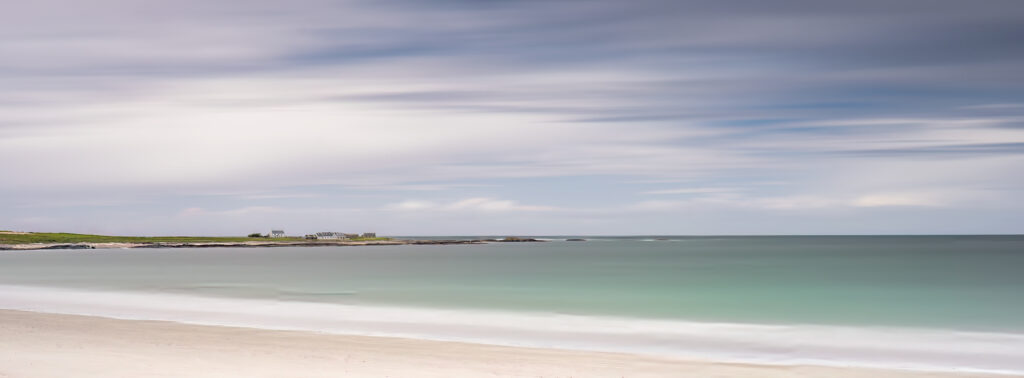Why I Enjoy Photographing Lighthouses
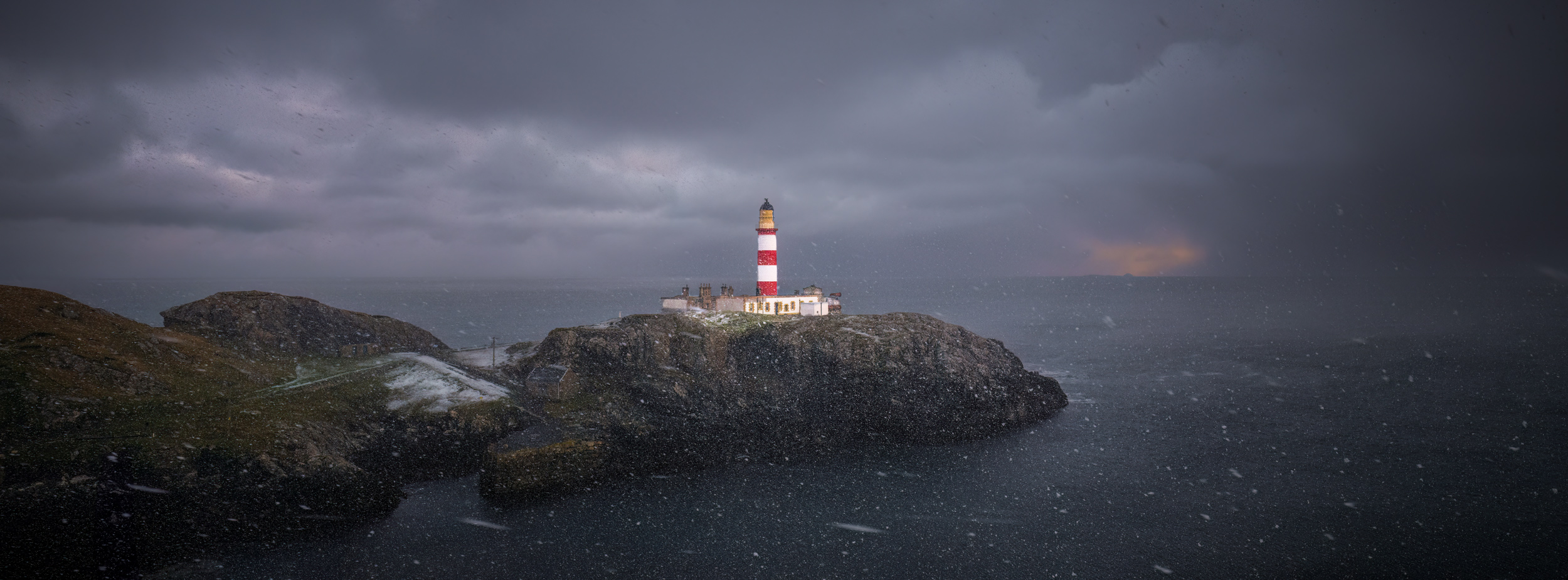
Whenever I travel through the Scottish Highlands, I feel a pull toward the coast. There, where rugged headlands meet the restless Atlantic, I find some of my favourite subjects: lighthouses. Rising from sea-battered cliffs or standing sentinel on lonely islands, they have become one of my great photographic passions.
It isn’t only their striking shapes that attract me, though those are reason enough. It’s also the wild spaces they inhabit, the drama of Highland light, and the deep sense of history they carry — much of it tied to the Stevenson family, whose remarkable designs still guide mariners centuries later. Photographing these beacons in Scotland is never just about making a picture; it’s about connecting with place, story, and meaning.
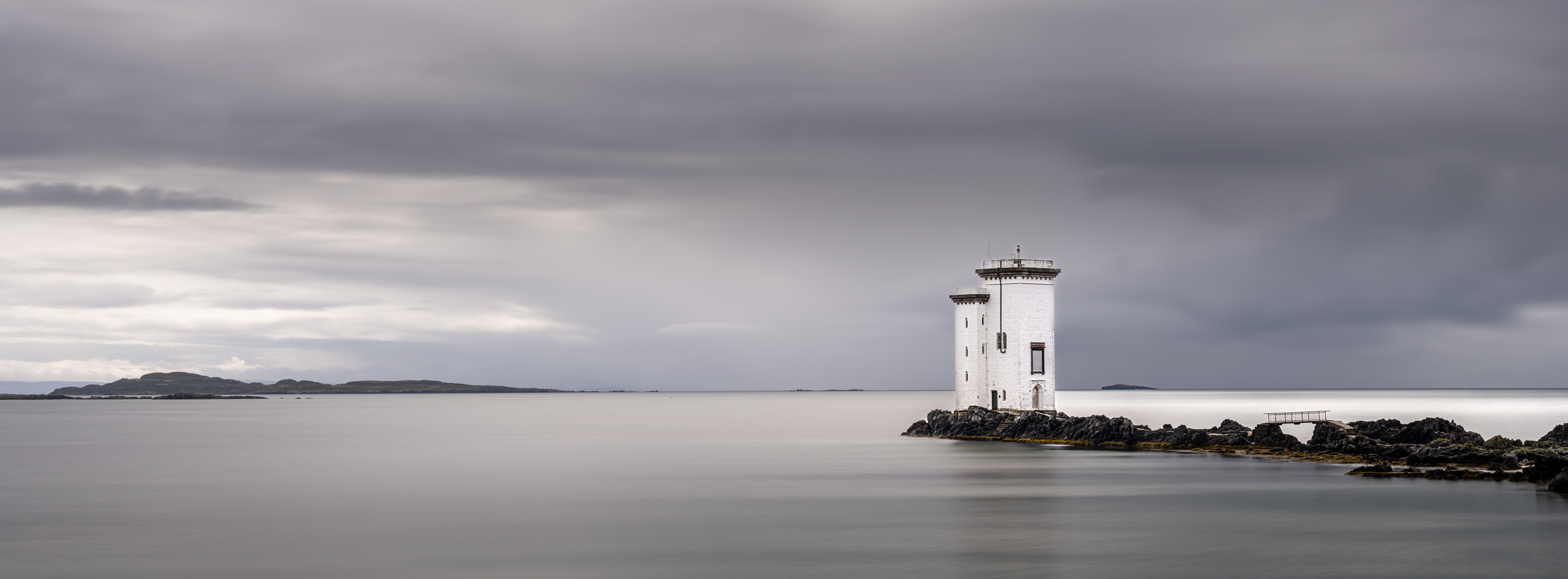
Space at the Edge of the Sea
Lighthouses in the Highlands are rarely tucked away in easy places. They stand at the edges of the world — on storm-swept promontories. When I hike out to photograph one, I find myself immersed in the raw geography of the Highlands: craggy cliffs, sweeping moorland, and seas that seem to stretch without end.
The walk to the Muckle Flugga Lighthouse on the island of Unst in Shetland is no small feat — ninety minutes of steady climbing, the wind pressing against you with every step. But each gust and incline only heightens the sense of anticipation. And then, at the very edge of the UK, it all unfolds before you. Standing at the most northerly point of the country feels like touching something timeless, something few ever get to see. Photographing the lighthouse, perched defiantly against the North Sea, was nothing short of magical. I was there on a very calm day in May and I can only imagine what it can be like in the winter when the weather can turn wild, brutal and chaotic.
The soaring gannets nesting nearby only added to the spectacle on this balmy early summer’s afternoon, a reminder of nature’s raw beauty. To witness this place, to feel its remoteness and power, was not just a walk but a privilege — an experience etched forever in memory.

What I love is the scale. A Stevenson lighthouse, tall and white against the vast horizon, seems both small and monumental at once. In photographs, that contrast creates drama — the human-made against the elemental. Some of my most satisfying shots are wide compositions, with the tower dwarfed by a brooding sky or fierce surf. Others are more intimate, where the textures of stone and metal hint at the wear of centuries of storms.
No matter the angle, the surrounding space always matters as much as the structure itself. The lighthouse and its landscape belong to each other, and together they create an image that feels timeless.
The Solitude and Stillness
Photographing lighthouses also gives me a sense of peace. These places are rarely crowded. More often than not, I find myself alone with the wind and the sound of the sea. That solitude seeps into the photographs.
Four in the morning, and the air is already warm. Hard to believe we’re standing here at Sumburgh Head, at the very edge of Orkney. The southernmost point of an archipelago of seventy scattered islands. Each one feels like a fragment of some forgotten story. It reminded me of Muckle Flugga—the same sense of standing at the world’s end, with nothing but the hush of the sea around me. And here, my only companions: the puffins, settling into their nests, their calls echoing against the cliffs. Out beyond them, the faint glow of passing ships. Tiny sparks in the vast dark, slipping quietly through the night. Strange how the stillness here feels alive—like the land itself is breathing. Yes. Alone, and yet held by everything around us.
Lighthouses embody stillness even when storms rage around them. They don’t move, they don’t flinch, they don’t retreat. To photograph one is to capture that endurance. In a way, they become symbols of resilience in my images. They remind me — and hopefully anyone who looks at the photos — that strength doesn’t have to be loud; it can be quiet, steady, and rooted.
There’s also a meditative rhythm to photographing them. I take my time, watching the light shift, experimenting with different angles, waiting for the exact moment when the sky and sea balance just right. Unlike urban photography, where everything changes in an instant, lighthouse photography rewards patience.
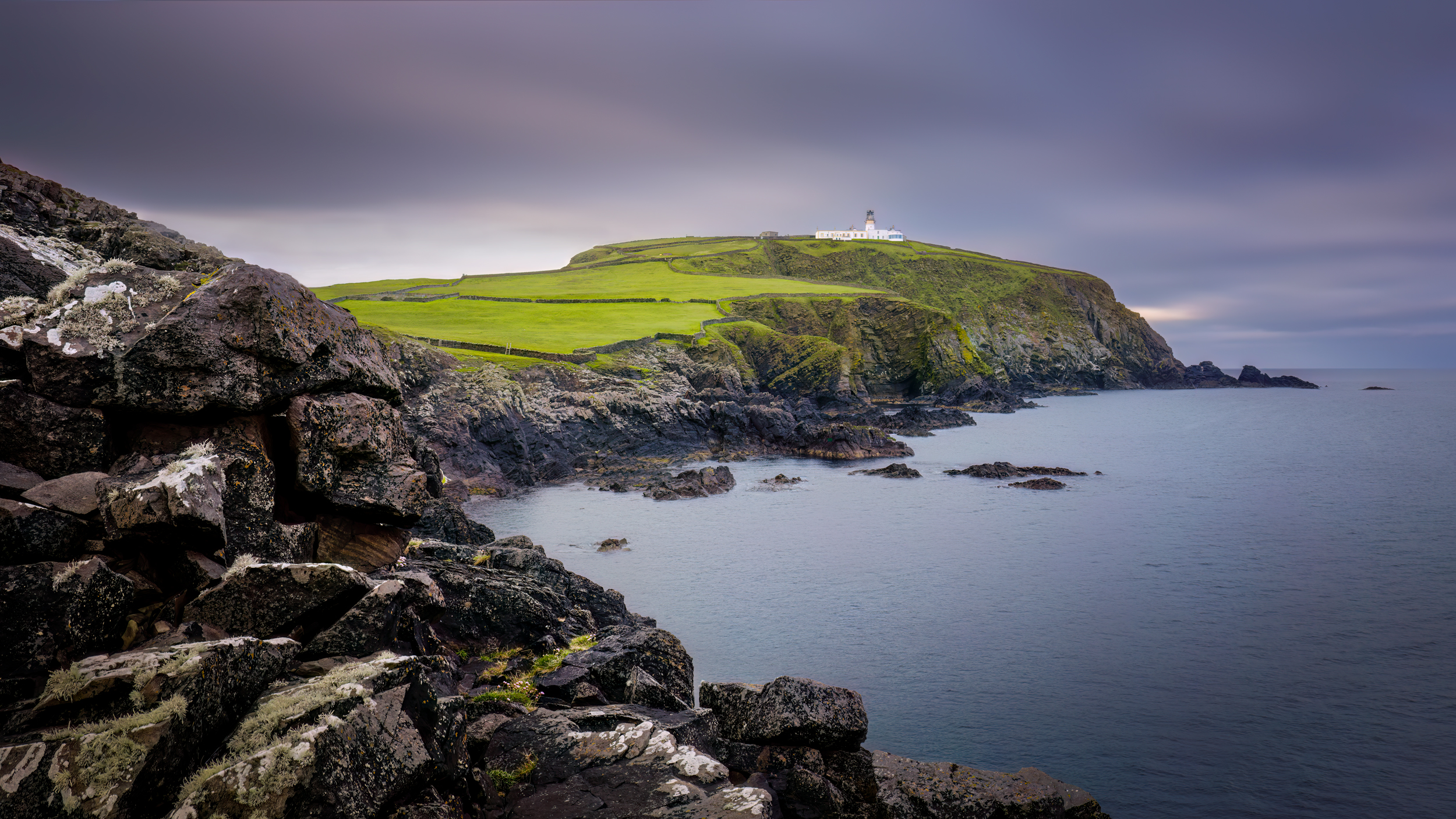
The Ever-Changing Highland Light
As every photographer knows, light is the heart of the craft. In the Highlands, it has a mercurial quality that can change by the minute.
Lighthouses are never more captivating than when set against a shifting theatre of light, and nowhere is this truer than at Neist Point on the Isle of Skye. On a raw March evening, the skies offered a performance that changed with astonishing speed and intensity.
Only half an hour earlier, we had been photographing a soft, golden sunset—the kind of gentle close to the day that Skye so often grants in spring. Out on the horizon, however, a darker presence was building, racing across from the Western Isles with a pace that belied the calm before it. We expected rain, perhaps a heavy shower, but nothing prepared us for the drama that followed.
Without warning, the sky fractured into a brutal snowstorm. The wind surged, tearing across the cliffs and making the use of a tripod almost impossible. The light swung wildly—from the warm pastel glow of sunset to the steel-grey intensity of storm—casting the lighthouse into scenes of fleeting brilliance and shadow.
It was a reminder of the island’s mercurial spirit, a place where weather is not just endured but experienced as theatre. At Neist Point that evening, the lighthouse stood steadfast, its beam slicing through the chaos, a witness to Skye’s wild and untameable beauty.

The Stories They Tell
Every lighthouse has a history. Some guided ships for centuries; others were automated and abandoned, left to stand as silent monuments. When I photograph a lighthouse, I feel like I’m participating in its story.
Rattray Head is renowned as one of the most wild and secluded places on the coast of Aberdeenshire. Legendary prose speaks of these waters, where shifting sands and wild seas meet, of pirates who thrived on wreck and ruin. By false lights they lured ships onto hidden shoals, the sea splintering hulls while the men plundered casks of wine, cloth, and silver. Wrecks filled the bay, their drowned crews said to haunt the waters, ghostly lanterns flickering in the mist. Buried treasure is whispered of, deep beneath the dunes, guarded by restless spirits. Though the lighthouse ended their reign, wanderers still hear whispers on the wind and glimpse strange lights dancing across that lonely, haunted shore.
I think about the keepers who once lived there, climbing the stairs to trim the wicks and polish the lenses. I think about the sailors who depended on that light to find their way home. I think about the storms survived, the shipwrecks avoided, and the nights when the lighthouse was the only mark of safety in a dark and dangerous sea.
Photographs can’t tell the whole story, but they can hint at it. A weather-beaten tower speaks of endurance. A freshly painted lighthouse suggests pride and care. An isolated one on a cliff suggests hardship, while one near a fishing village suggests connection. In every case, my images feel like fragments of a larger narrative, which is part of the joy of making them.
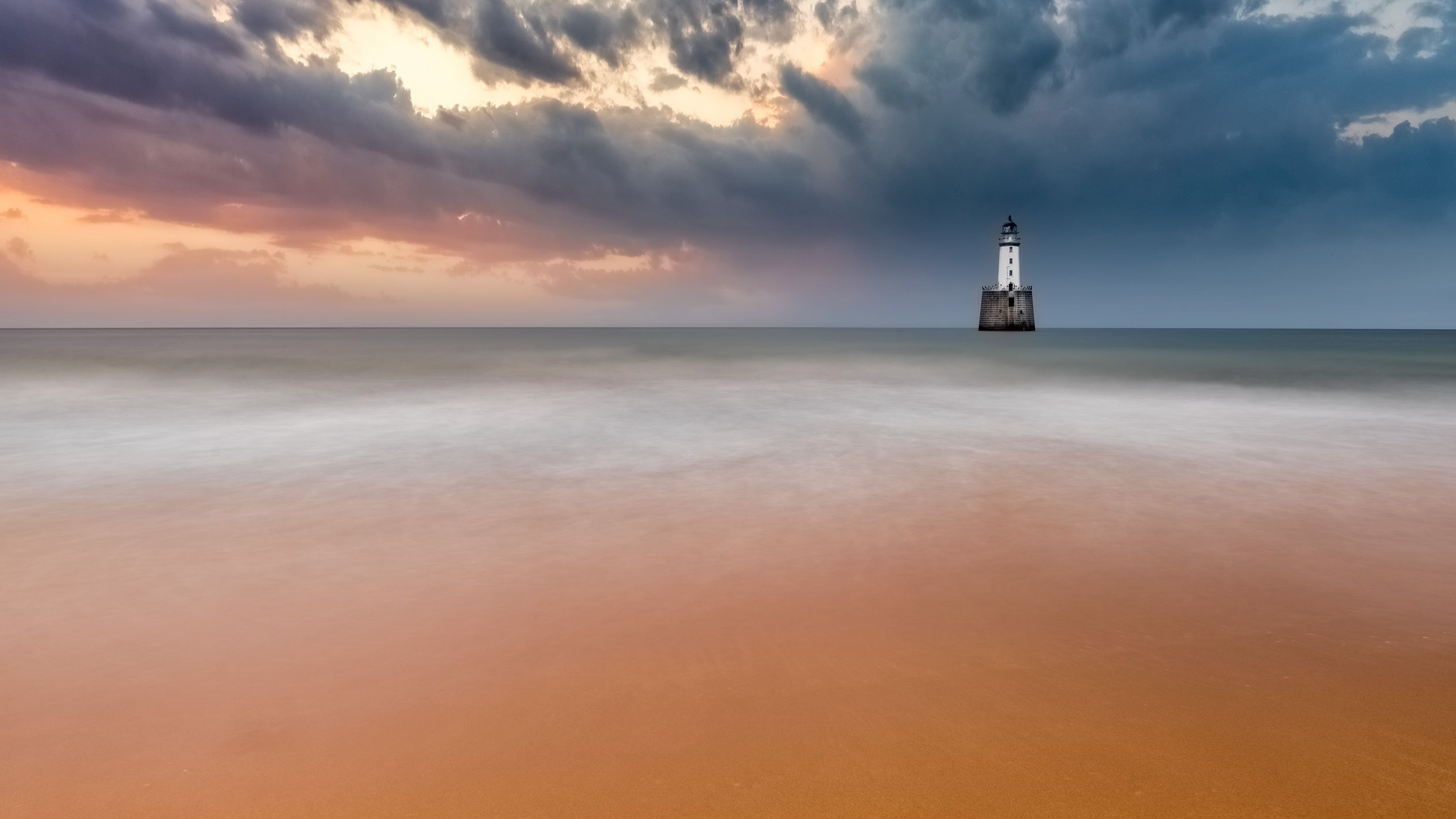
The Symbolism of Lighthouses
Beyond their practical function, lighthouses carry deep symbolism. They represent hope, guidance, protection, and perseverance. When I photograph them, I feel like I’m photographing metaphors.
Sometimes I’ll look at a finished image and realise it’s about more than a tower and some waves. It’s about my own need for direction during uncertain times. It’s about resilience when life feels stormy. It’s about light in darkness, a theme that resonates universally.
The Butt of Lewis Lighthouse (below), a place which holds the Guinness Book Of Records as the windiest place in the UK – with a recorded speed of 133mph. Local Folklore speaks of the swirling mists off the Butt of Lewis, where waves clash like ancient drums, whispers speak of sea monsters, colossal and unfathomable. In 1882, a German ship dared these haunted waters and beheld the impossible: a serpent forty meters long, its undulating back crowned with jagged humps, rising and falling like the spine of the deep itself. Sailors froze in awe and terror, hearts hammering against ribs as the creature vanished into the abyss. Tales of that encounter seeped into legend, painting the coast with mystery, a place where the ocean itself seemed to guard secrets too immense for mortal eyes.
That’s why I keep coming back to lighthouses. Each photograph feels like both a document and a reflection. It records a real place at a real moment, but it also becomes a personal symbol, a reminder of what I find meaningful.
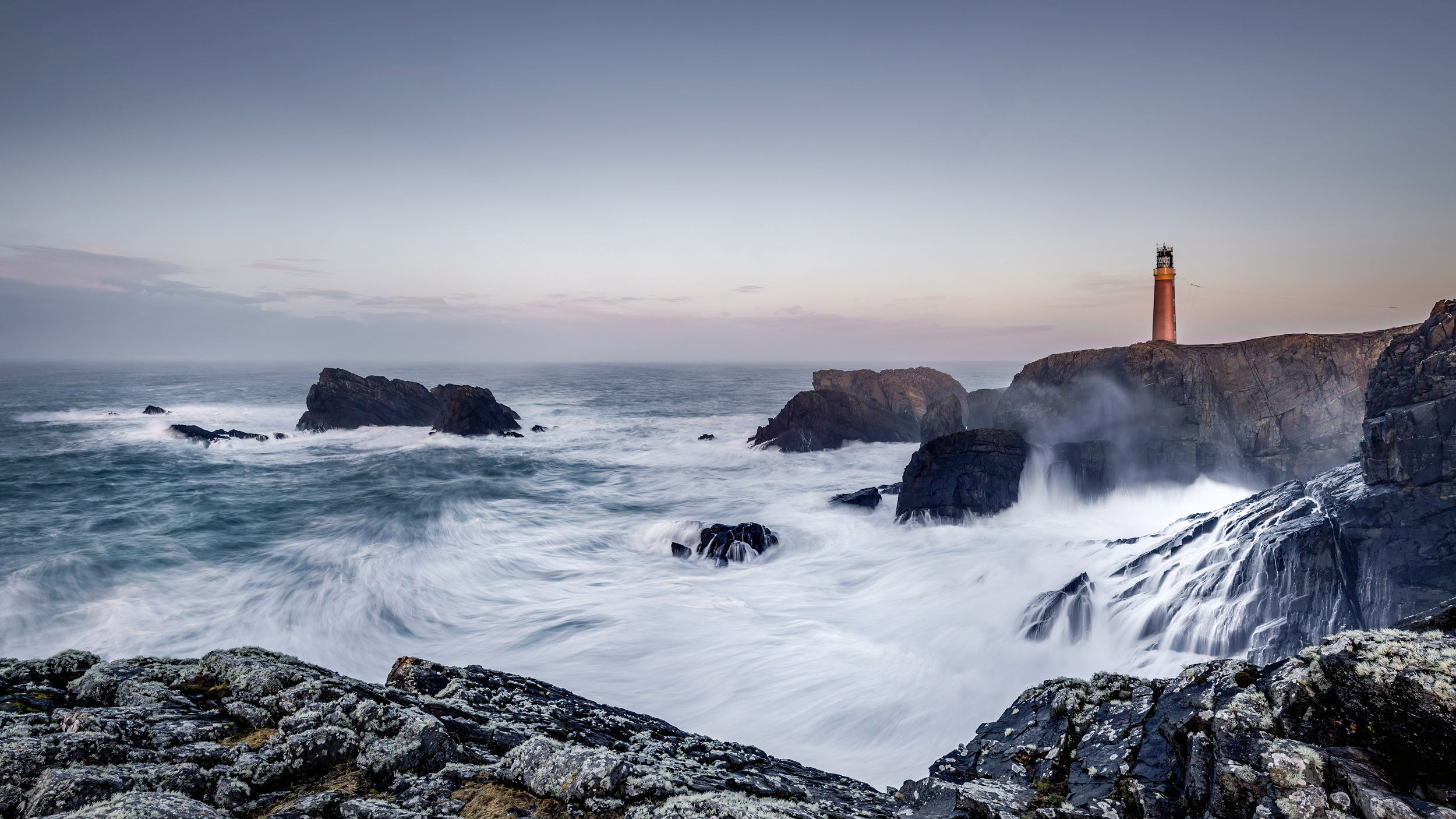
The Challenge and Reward
Finally, photographing lighthouses is just fun. They’re not always easy to reach; some require hikes, climbs, or boat rides. Weather conditions can be brutal, with wind shaking the tripod or salt spray coating the lens. Sometimes, after hours of effort, the conditions don’t cooperate, and I walk away without the image I imagined.
But when it all comes together — when the lighthouse, the sea, the sky, and the light align — the result is deeply rewarding. Those are the moments when I feel grateful not just for the photograph, but for the experience of being there.
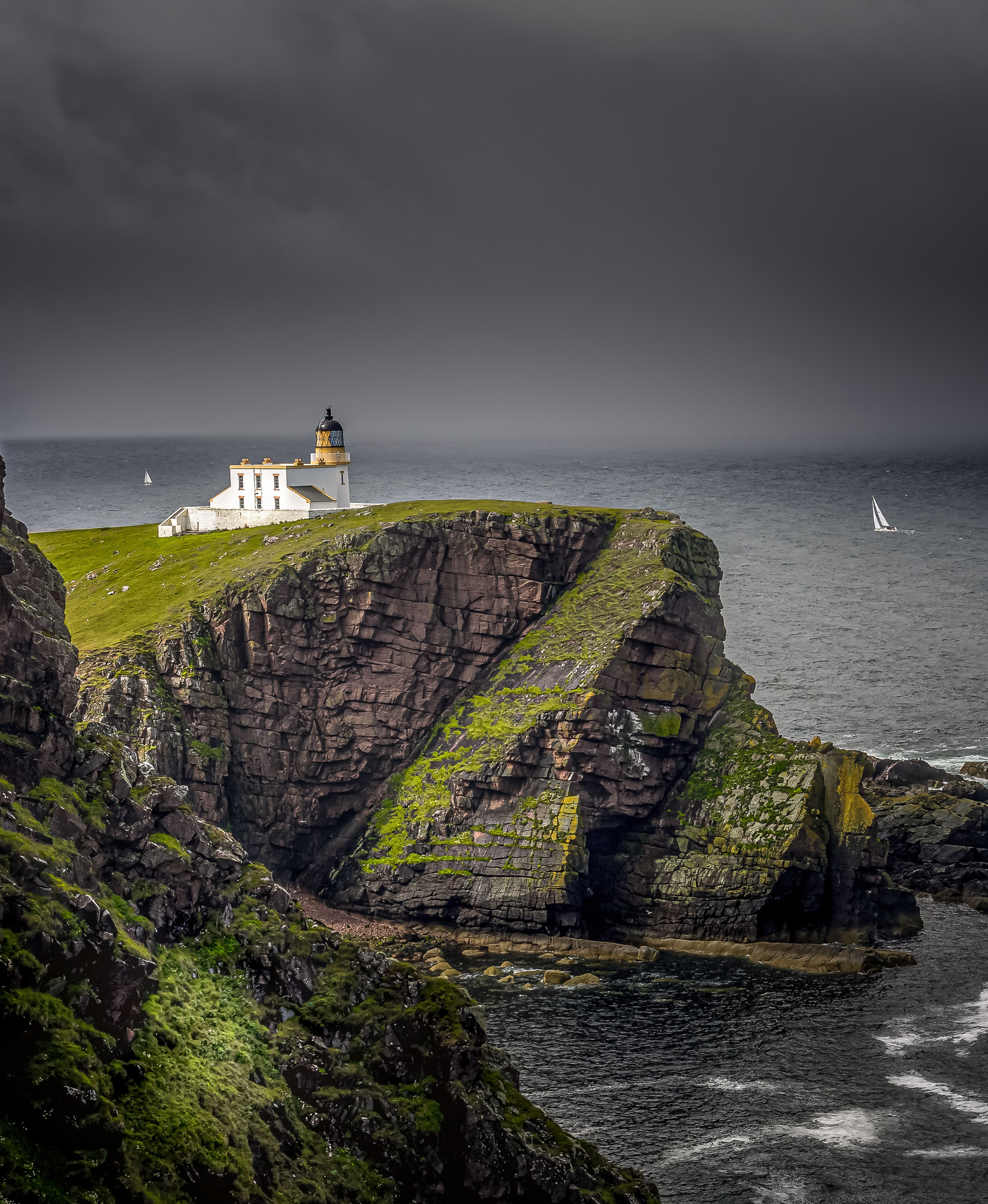
Conclusion
So why do I enjoy photographing lighthouses? It’s the space they occupy, the light that surrounds them, the solitude they offer, the stories they carry, and the symbolism they embody. Lighthouses are more than structures; they are metaphors standing at the edge of the world.
Every time I lift my camera to one, I feel like I’m capturing more than an image. I’m capturing a feeling — of resilience, guidance, and beauty in unlikely places. And that’s why I’ll never tire of seeking them out and photographing them, no matter how many I’ve already seen.

